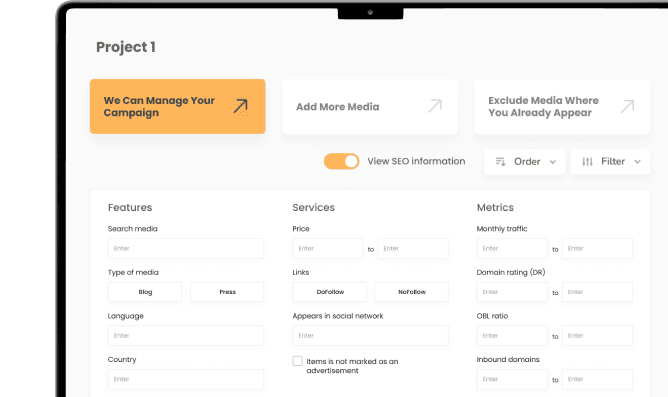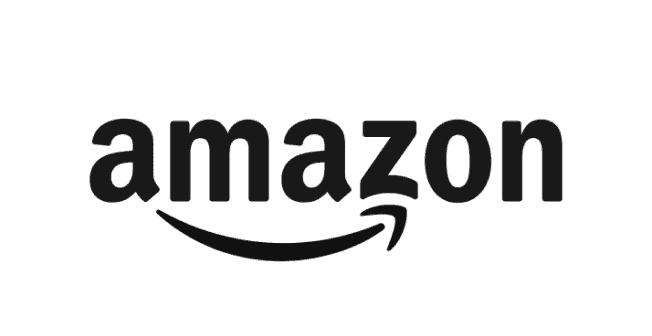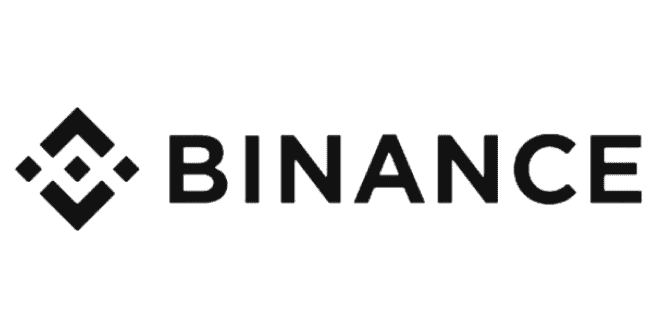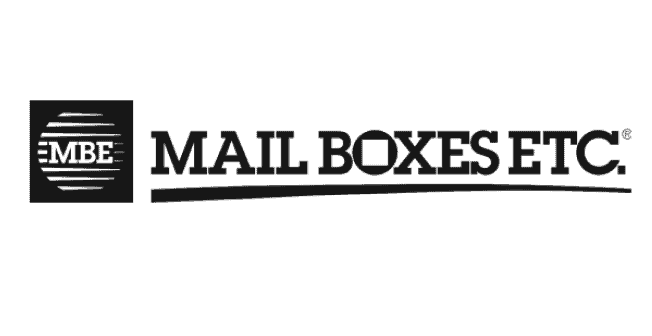At Growwer, we know how frustrating it can be to have content that doesn’t rank. Despite all the effort put into creating articles or pages, sometimes the traffic doesn’t come, and visits stagnate. The good news is that link building can be a key tool to revive that content and boost its visibility in search engines. In this article, we’ll explain how to detect why your content isn’t ranking, what link building is, and how to apply effective strategies to recover your lost traffic.

Why Doesn’t Content Rank and How to Detect It?
Not all content ranks well, even if it’s well-written or useful. Common reasons why your content might not be ranking include:
- Lack of authority or external links supporting the page.
- Poor optimization for relevant keywords.
- High competition from better-ranked and more authoritative sites.
- Technical issues like poor indexing or slow page speed.
To identify what’s going wrong, we can use tools like Google Search Console, Ahrefs, or SEMrush to analyze each URL’s performance. These tools show which keywords are bringing traffic, which pages are earning links, and which ones are stagnant. This audit is the first step in applying an effective link building strategy.
What Is Link Building and Why Is It Key for Improving Stagnant Content?
Link building is the practice of acquiring external links that point to our pages. These links act as votes of confidence for Google, helping increase the authority and relevance of your content.
There are different types of link building:
- Natural links: when other sites link to your content voluntarily.
- Manual link building: directly reaching out to websites to acquire backlinks.
- Internal links: links within your own site to distribute authority.
For content that isn’t ranking, link building is essential because it boosts the page’s authority, improves visibility, and can help you outperform competitors. Without a proper link strategy, even high-quality content can remain invisible.
Link Building Strategies to Boost Non-Ranking Content
At Growwer, we help our clients acquire high-quality links from relevant and authoritative domains to enhance underperforming content. Here are the key strategies:
- Toxic link audit and cleanup: Before building new links, it’s important to review your existing link profile and remove or disavow harmful links that may be hurting your rankings.
- Building links from relevant and authoritative domains: Growwer provides access to a large network of media outlets and blogs, ensuring links from thematically authoritative sites, maximizing SEO impact.
- Diversifying anchors and link sources: Avoid using the same anchor text repeatedly and vary the sources of your links to make your profile appear more natural to Google and reduce the risk of penalties.
- Internal linking: Optimize internal links so that the pages you want to boost receive links from other relevant pages within your own site, strengthening authority and improving user experience.
With these tactics—plus strategic link purchases via Growwer—we help underperforming content climb the rankings and attract real traffic.
How to Measure the Impact of Link Building on Rankings
To know if your strategy is working, you need to consistently track metrics with the right tools:
- Average Google position: monitor whether your content’s keywords are improving in the rankings.
- Organic traffic: measure the increase in visits from search engines.
- Domain and page authority: use Ahrefs, Moz, or SEMrush to evaluate the quality of your acquired links.
Typically, initial results begin to show within 3 to 6 months after launching the strategy, though this can vary by niche and competition level.
Common Link Building Mistakes That Can Hurt Your Content
Not all link building practices are beneficial. Some frequent mistakes to avoid include:
- Link spam: buying or obtaining a large number of low-quality or irrelevant links can lead to penalties.
- Black hat techniques: strategies like link farms or massive link exchanges are penalized by Google.
- Unnatural anchor usage: repeatedly using the exact same keyword as anchor text raises red flags and can negatively impact rankings.
That’s why it’s crucial to do link building with a solid, ethical, and professional strategy—like the one we offer at Growwer.
FAQs on Link Building for Non-Ranking Content
There’s no magic number. What matters most is the quality, relevance, and natural appearance of the links—not the quantity.
Yes, but doing it right takes time, knowledge, and access to good sources. Growwer simplifies the process with a trusted media network.
It could lead to Google penalties that worsen your rankings—or even cause your content to disappear from search results altogether.
It depends on the niche and competition, but usually between 3 to 6 months.
Reviving content that doesn’t rank isn’t impossible—it just requires strategy, patience, and clear actions. At Growwer, we believe that well-executed link building is one of the pillars to achieve it.
We recommend starting with a content audit, cleaning up toxic links, and then investing in high-quality, relevant backlinks using professional platforms. Don’t forget to combine this with internal optimization to maximize your results.
If you apply these strategies consistently, you’ll soon see your content rise in the rankings and attract real visits—turning your hard work into real, measurable results.







